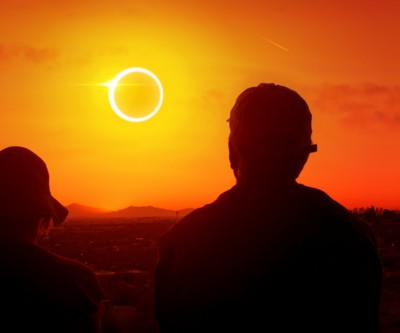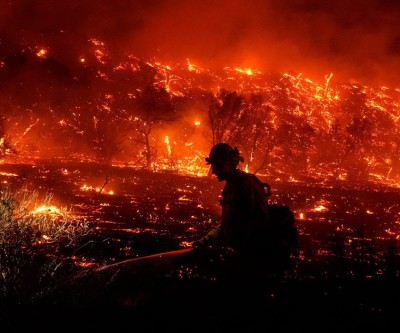Latest News
- Four years after Indigenous woman dies in Niagara Hospital, family still waiting for coroner's investigation
- Lawyer: British Columbia RCMP officer should be fired or resign immediately
- B.C. government looks to offer loan guarantees to property owners in Cowichan Aboriginal title area
- Uber driver's account in Toronto suddenly deactivated; only source of income cut off after 'duplicate account' claim
- TDSB education chief fired by provincial supervisor; sweeping changes at Canada's largest education board
Latest Ads
-
Jasmine Jewel
Call
-
Omidan group
Call
-
Amir Madanpour
Call
-
Dimo studio
Call
-
Yorkacademy
Call
-
Maryambagheri
Call
-
Shishlix Restaurant
Call
Legendary grizzly 'The Boss' and other Alberta bears emerging from winter dens
Alberta issues safety alert, urges mountain hikers to exercise caution
The famous Banff National Park bear, officially known as “Bear No. 122,” was spotted by Parks Canada staff in the lower Bow Valley on Monday.
According to Alberta Parks and Forestry, bears in the province typically emerge from hibernation in April and May, and sightings are on the rise.
With much of Alberta warming up and bears increasingly coming out of their dens, the province issued a safety alert Friday, urging hikers and wilderness enthusiasts to plan and travel with extra caution.
“We urge everyone who spends time on Alberta’s trails, parks and beautiful natural landscapes to be vigilant,” Alberta Parks and Forestry Minister Todd Lowen said in a statement. “Being safe from bears is a collective responsibility, and following a few simple tips can help prevent serious encounters.”
Active bear sightings are on the rise across the province. “Some people are still skiing or hiking in the mountains, but it’s time to get your bear spray out,” said John Paczkowski, head of the Human-Wildlife Coexistence Team at Alberta Parks and Forestry. “It’s important to have bear spray with you and know how to use it.”
He also advised people spending time outdoors to travel in groups, make enough noise, manage litter and bear attractants, and keep their dogs on a leash.
Bear number 122, known as “The Boss,” was captured on trail cameras in the Bow Valley on Monday.
Experts say it’s no surprise that “The Boss,” who has previously been estimated to weigh around 200 kilograms, is one of the first bears to be seen in the area this year.
Large male bears usually emerge from hibernation first, followed by lone females and then females with cubs.
WildSmart program manager Nick De Ruyter said the chances of encountering bears are higher this time of year because natural food sources are still scarce.
“They’re hungry and looking for food. Because there’s still snow in the higher elevations, the only food they can find is in the lower valleys,” he added.
At this time of year, bears typically feed on carrion, grasses, dandelions and other plants, he explained.
“Unfortunately, grass and dandelions grow in yards, playgrounds, parks, sports fields, along trails and highways. That’s why spring is a dangerous season for wildlife.”
DeRuyter and Paczkowski will share bear safety information Saturday at an educational event called “Bear Day” at the Kenmore Nordic Centre.
Visitors to the event can practice using bear spray, learn about bear behavior and watch a live bear trapping demonstration.
The province says bear sightings or dangerous wildlife activity should be reported to the Department of Fish and Wildlife at 1-800-642-3800.
Banff National Park also said that if there is an increase in bear activity, trails may be closed, and updated information will be available online.
Source
Suggested Content
Latest Blog
Login first to rate.
Express your opinion
Login first to submit a comment.
No comments yet.


































